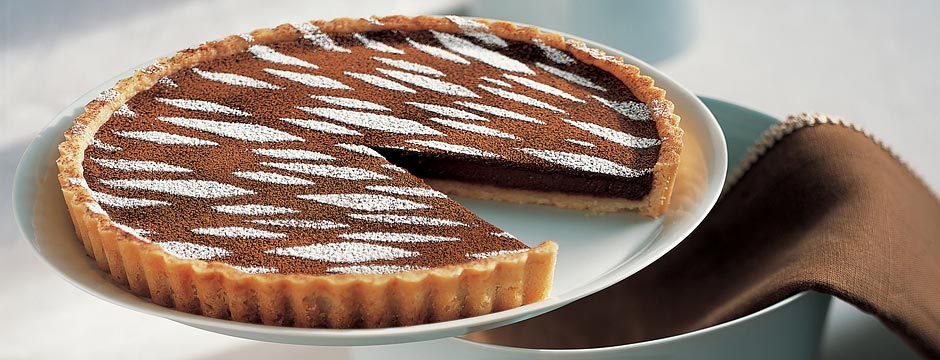I do love poached eggs. I eat one almost every day for weeks on end before I decide to take a break, and after a while I start up all over again. I eat them plain on whole grain or levain toast year round with or without asparagus in spring, tomatoes and basil in summer, and wild mushrooms in fall.
I also love vinegar. My vinaigrette errs on the tangy side but I’m okay with that.
Though I love it, I never ever add vinegar to egg poaching water! Here’s how I see it:
The usual problem with eggs is that the whites often end up too firm or tough by the time the yolks are ready. This is because egg whites are mostly protein, and protein starts to set (coagulate) as soon it meets heat. Yolks cook slower to begin with, and even more slowly when they are surrounded by their whites. Adding vinegar to poaching water makes the whites firm even faster to prevent them from dispersing in the water. But that extra firmness comes with a slightly grainy texture and an odd flavor. I want my poached eggs with lovely tender yolks and whites. So I say, hold the vinegar.
With or without vinegar, a little bit of each egg white always floats alway from the yolk and it may look a little messy at first, but most of it stays cuddled up with its own yolk as the egg cooks. When you lift the egg from the water, just trim any minor ragged edges between the edge of the spoon and the side of the pan and voilà! A shapely oval poached egg without vinegar or even swirling the water into a whirlpool.
I poach eggs in a wide shallow pan rather than a deep saucepan and I turn the heat off under the pan as soon as the eggs are in the water. The fresher the egg, the more it holds it’s shape: I love a fresh farm egg, but ordinary supermarket eggs also work quite nicely.
Should you want the taste of good vinegar on your eggs, by all means drizzle a little over them after they are cooked. That way you can have your perfect tender poached eggs and your vinegar too.
POACHED EGGS MY WAY
Perfect poaching is harder to write about than it is to execute. Poach one or two eggs for yourself in a small skillet for a few days running until you get the hang of it, and fine-tune the timing to your taste. You’ll learn to gauge doneness how tender and quivery the whites look when you lift the egg from the water. You can always change your mind mid-lift; just lower the egg back in the pan for another 30 seconds or so.
Here’s what you need:
Eggs
Toast
A skillet and cover: 8-inch for 1 – 3 eggs or 12-inch for 4 – 10 eggs
A large slotted spoon with generous-sized holes
A clean folded tea towel or a couple folded paper towels
Here’s what to do:
Fill the skillet with at least 1-¼ inches of water and bring it to a simmer.
If you are nervous, you can start with training wheels and break all of the eggs into separate cups before you start. (Soon you won’t need the cups.)
When the water is simmering crack one egg (or pick up one of the “training” cups). Starting at the 12 o’clock position over the pan: hold the egg very close to the surface of the water before letting it slip in. Don’t drop the eggs from a height—this is not a parachute jump or Liberace at the piano. Moving clockwise without delay, continue adding eggs to the water. The last egg or eggs can go in the center of the pan if necessary. The eggs may seem as though they are not holding shape, but don’t panic. When all of the eggs are in the water, turn the burner off and cover the pan. Leave the lid slightly ajar if the skillet is filled to brimming; otherwise, cover it completely.
Three to 4 minutes after adding the first egg, slip the slotted spoon under it and trim any ragged edges by pressing the edge of the spoon against the side of the skillet. Lift the egg from the water and nestle the spoon into the folded towel to absorb excess water; tilt the spoon into the towel to coax even more water from the egg (because nobody likes watery eggs) before sliding the egg onto a piece of toast. Continue clockwise, trimming, lifting, blotting, and setting the eggs on toast. The last egg out should be the last egg in. That’s all!
Want to see a photo? Check out my post From February 27, 2011.
